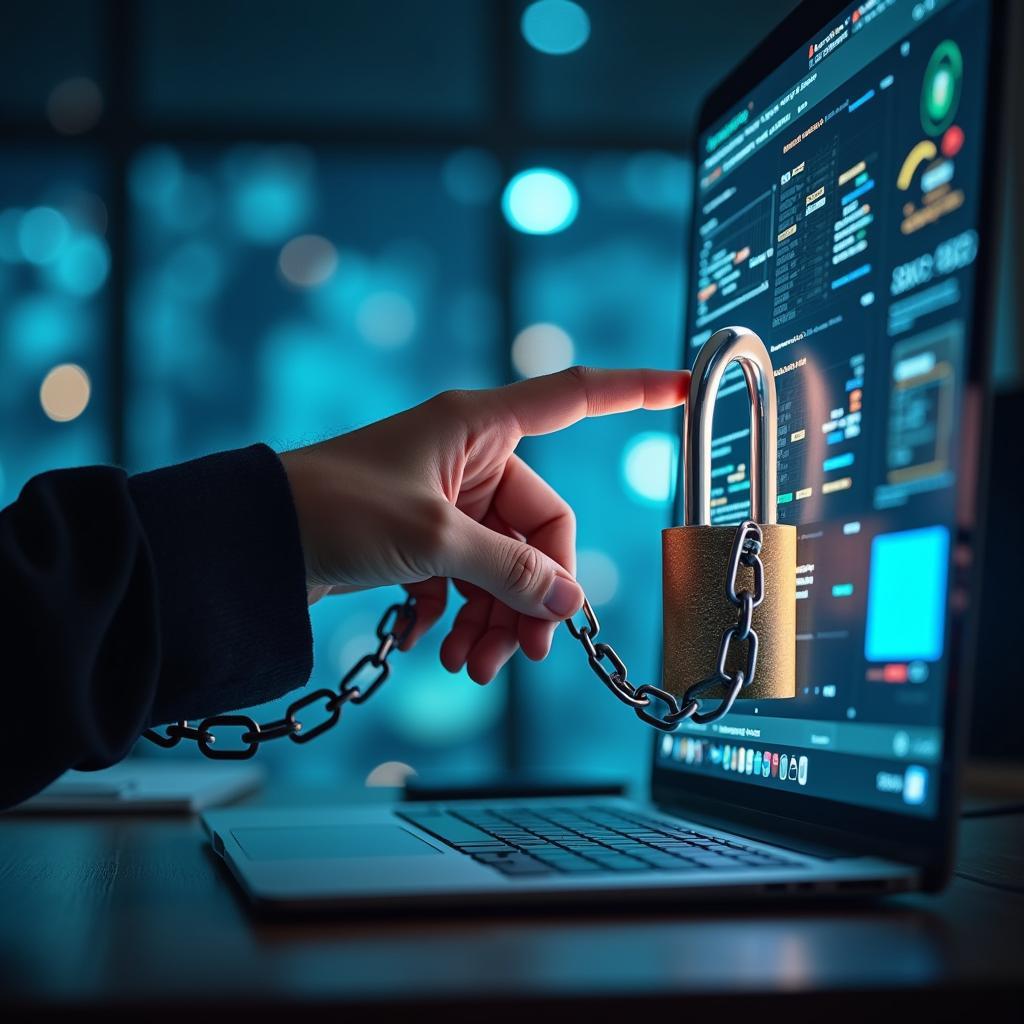The IELTS Reading test is designed to assess your reading skills, such as your ability to understand information, follow an argument, identify a writer’s opinion, and recognize a writer’s purpose. This comprehensive test typically involves reading passages and answering a range of question types. Today, we will dive into a crucial topic that’s frequently discussed in contemporary contexts: “What are the challenges of protecting intellectual property in the digital age?” We’ll use this topic to create a realistic IELTS reading exercise for you to practice on.
Nội dung bài viết
- Introduction
- Reading Passage and Practice Questions
- The Challenges of Protecting Intellectual Property in the Digital Age
- Practice Questions
- Question Type: True/False/Not Given
- Question Type: Multiple Choice
- Question Type: Matching Information
- Answer Key and Explanations
- Matching Information
- Common Mistakes and Tips
- Vocabulary List
- Grammar Focus
- Conclusion
Introduction
Protecting intellectual property (IP) has always been a significant issue. With the rise of the digital age, this challenge has magnified due to factors like rapid technology change, accessibility, and global reach. This article will explore these challenges and provide you with a practice reading passage and associated questions to help you prepare for your IELTS exam.
Historically speaking, topics related to technology and legal matters have periodically appeared in the IELTS Reading section. Given the current trend and increasing importance of digital rights, this topic is likely to appear in future exams.
Reading Passage and Practice Questions
The Challenges of Protecting Intellectual Property in the Digital Age
In the current digital landscape, protecting intellectual property rights is more complex than ever before. The proliferation of the internet and digital technologies has made it easier for individuals to access, share, and replicate creative works. This phenomenon has raised several challenges for protecting intellectual property in the digital age.
One of the most significant challenges is the sheer speed at which digital information can be disseminated. Unlike traditional physical media, digital data can be copied, modified, and distributed across the globe almost instantaneously. This rapid dissemination makes it harder for creators and legal authorities to track and control the unauthorized use of protected works.
Another issue is anonymity provided by the internet. Online users can easily hide their identities, making it difficult for legal authorities to enforce intellectual property laws. Websites that host pirated content often operate from jurisdictions that do not have stringent IP laws, further complicating enforcement attempts.

Furthermore, the nature of digital content makes it easy to modify and transform. For instance, a digital image can be altered and passed off as a new creation, blurring the lines of originality and ownership. This creates additional legal grey areas about what constitutes infringement.
Additionally, technological advances, such as peer-to-peer networks and blockchain, introduce new dimensions to the intellectual property dilemma. While these technologies offer incredible benefits, they also create new avenues for unauthorized distribution of content.
In conclusion, protecting intellectual property in the digital age requires a multifaceted approach, involving updated laws, cross-jurisdictional cooperation, and advanced technology to track and manage the distribution of intellectual property. As technology evolves, so too must the strategies to protect intellectual property, ensuring that creators can retain control over their digital works.
Practice Questions
Question Type: True/False/Not Given
- The main challenge of protecting intellectual property in the digital age is that digital data cannot be tracked.
- Digital information can be disseminated globally almost instantaneously.
- Anonymity on the internet complicates the enforcement of IP laws.
- Jurisdictions with stringent IP laws host websites with pirated content.
Question Type: Multiple Choice
- According to the text, what is one complication of digital content?
a. It is expensive to create.
b. It can easily be transformed.
c. It is difficult to download.
d. It always requires high bandwidth. - What technology is mentioned as introducing new dimensions to the IP dilemma?
a. Traditional media
b. Peer-to-peer networks
c. Internet browsers
d. Word processors
Question Type: Matching Information
7.-9. Match each challenge (A-F) with the corresponding information from the passage.
- A. Speed of Dissemination
- B. Anonymity
- C. Modification and Transformation
- D. Jurisdictional Issues
- E. Technological Advances
- F. Cost of Enforcement
Answer Key and Explanations
- False (The main challenge is the rapid dissemination, not the inability to track.)
- True
- True
- Not Given
- b. It can easily be transformed.
- b. Peer-to-peer networks
Matching Information
- A. Speed of Dissemination
- B. Anonymity
- C. Modification and Transformation
Common Mistakes and Tips
- Common Mistake: Misinterpreting questions due to similar wordings.
Tip: Carefully read the questions and ensure you understand what is being asked before answering. - Common Mistake: Ignoring key words that change the meaning (e.g., “some,” “all,” “none”).
Tip: Always pay attention to qualifiers that influence the meaning of statements.
Vocabulary List
- Dissemination (noun) /dɪˌsɛmɪˈneɪʃən/ – the act of spreading something.
- Anonymity (noun) /ˌænəˈnɪmɪti/ – the condition of being anonymous.
- Infringement (noun) /ɪnˈfrɪndʒmənt/ – the action of breaking the terms of a law.
- Enforcement (noun) /ɪnˈfɔːrsmənt/ – the act of compelling observance of or compliance with a law.
Grammar Focus
- Present Continuous for Actions Happening Right Now: “The internet is making it difficult…” (used to describe ongoing processes).
- Modals (must, might, etc.): “As technology evolves, so too must the strategies…” (modals used to show necessity and possibility).
Conclusion
Understanding and preparing for IELTS Reading questions effectively requires practice with diverse topics. The challenges of protecting intellectual property in the digital age offer a rich subject matter for examination preparation. Remember to analyze vocabulary, understand grammar points, and avoid common mistakes to excel in your IELTS Reading test.
By consistently practicing with passages like this and employing the strategies highlighted, you can significantly improve your chances of achieving a high band score in the IELTS Reading section.